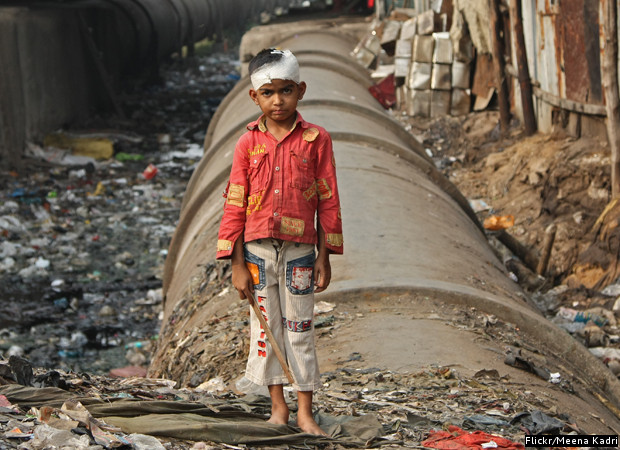prasad1
Active member
- Child labour in India's urban areas increased 53% over the decade between 2001 and 2011. In the age group five-to-nine years, the number of girls put to work increased 240%, boys 154%.
- Urban India has 0.2 million elementary schools, against 1.2 million in rural areas; urban schools serving the poor are more crowded than rural schools and their learning outcomes as dismal.
India's rapidly-growing urban areas have better education facilities than rural areas, but these are unequally distributed.
Schools serving the urban poor have an average of 229 students, against 118 in rural areas, the PwC-Save The Children report said. A school building working double-shift to accommodate more children is seen more often in urban areas (11%) than in rural ones (2%), and urban schools for the poor have a higher dropout rate.
| Class I-V | 13.6 | 12.4 | 26 |
| Class VI-VII | 6.9 | 6.3 | 13.3 |
[TH="class: center, bgcolor: #ff7f0e, colspan: 4"]Primary to Upper Primary: The Great Fall 2013-14 (Urban Retention Rate)[/TH]
[TH="bgcolor: #ff7f0e"]Classes[/TH]
[TH="bgcolor: #ff7f0e"]Boys[/TH]
[TH="bgcolor: #ff7f0e"]Girls[/TH]
[TH="bgcolor: #ff7f0e"]Total[/TH]
"It seems that the existing number of schools is insufficient to accommodate all children in urban schools and its impacts are obvious on enrolment and retention of children in the school," said the PwC-Save-The-Children report.
http://www.sify.com/finance/child-l...3-in-a-decade-news-economy-ph1s1iabachfi.html

